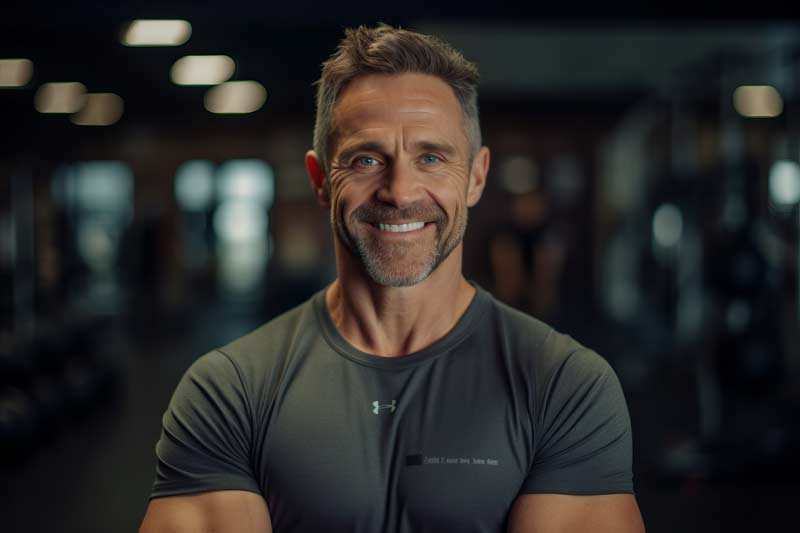Testosterone plays a significant role in regulating energy, motivation, and overall vitality. When levels are balanced, most people experience consistent stamina, improved mood, and better physical endurance. Low testosterone can lead to persistent fatigue, lack of drive, and difficulty maintaining focus during daily activities. This change in energy can affect everything from job performance to personal relationships. For many people dealing with low levels, TRT (testosterone replacement therapy) becomes a potential path to restored energy.
What Role Does Testosterone Play in Fitness?
Testosterone is key for building and maintaining muscle mass. It helps stimulate protein synthesis, which supports muscle recovery after exercise. When testosterone levels are low, people may find it harder to gain strength or maintain their usual workout routines. This can result in slower progress and frustration during physical training. Higher levels of testosterone typically promote lean muscle growth and better endurance.
In addition to muscle health, testosterone also influences body fat distribution. Individuals with low testosterone often notice an increase in abdominal fat and a decrease in overall muscle tone. This shift can reduce metabolism, making it harder to maintain a healthy weight. Regular physical activity, combined with a balanced hormone level, can significantly improve body composition. Strength training and resistance exercises are especially beneficial for stimulating natural testosterone production.
When Might TRT Be Considered?
TRT is typically explored when a person shows clinical symptoms of low testosterone, confirmed by blood tests. Symptoms may include chronic fatigue, decreased libido, reduced muscle mass, and poor concentration. TRT involves supplementing testosterone through injections, patches, or gels to restore normal levels.
This therapy is usually managed by a medical provider who closely monitors hormone levels and symptoms. The goal is to relieve symptoms without raising levels beyond what’s considered healthy. Candidates for TRT are often those whose quality of life is significantly affected by low testosterone.
However, it’s not suitable for everyone. Individuals with certain medical conditions or those seeking athletic performance enhancement may not qualify. Safe and responsible use of TRT requires a full understanding of potential risks and benefits. Patients are encouraged to discuss all treatment options with a trusted healthcare provider.
Can Lifestyle Affect Testosterone Levels?
Diet, exercise, and sleep all influence testosterone production. Consuming a nutrient-rich diet with adequate protein and healthy fats supports hormone balance. Weight-bearing and high-intensity workouts are known to naturally raise testosterone. On the other hand, chronic stress and poor sleep can suppress production and worsen symptoms of fatigue or low motivation.
Men who live sedentary lifestyles or who struggle with poor nutrition may be more likely to experience low testosterone. Making small changes, such as regular physical activity and consistent sleep routines, can lead to noticeable improvements. These habits complement medical treatments like TRT and may even reduce the need for intervention in some cases. Maintaining a healthy lifestyle supports both short-term energy and long-term fitness goals.
Discuss TRT with Your Provider
If you suspect low testosterone is affecting your energy and fitness, a provider can evaluate your symptoms and order lab work. Blood tests are used to determine total and free testosterone levels. It’s helpful to keep a record of symptoms, including changes in energy, sleep patterns, or mood. Open communication helps tailor any treatment plan, whether that includes TRT or lifestyle adjustments.
Discussing possible side effects, medication history, and long-term goals is part of responsible care. Your provider may also recommend checking other hormone levels or investigating underlying conditions. Treatment decisions should be based on a full health assessment, not just lab values alone. With support from a medical team, many people see marked improvement in their daily energy and physical capacity.


Leave a Reply